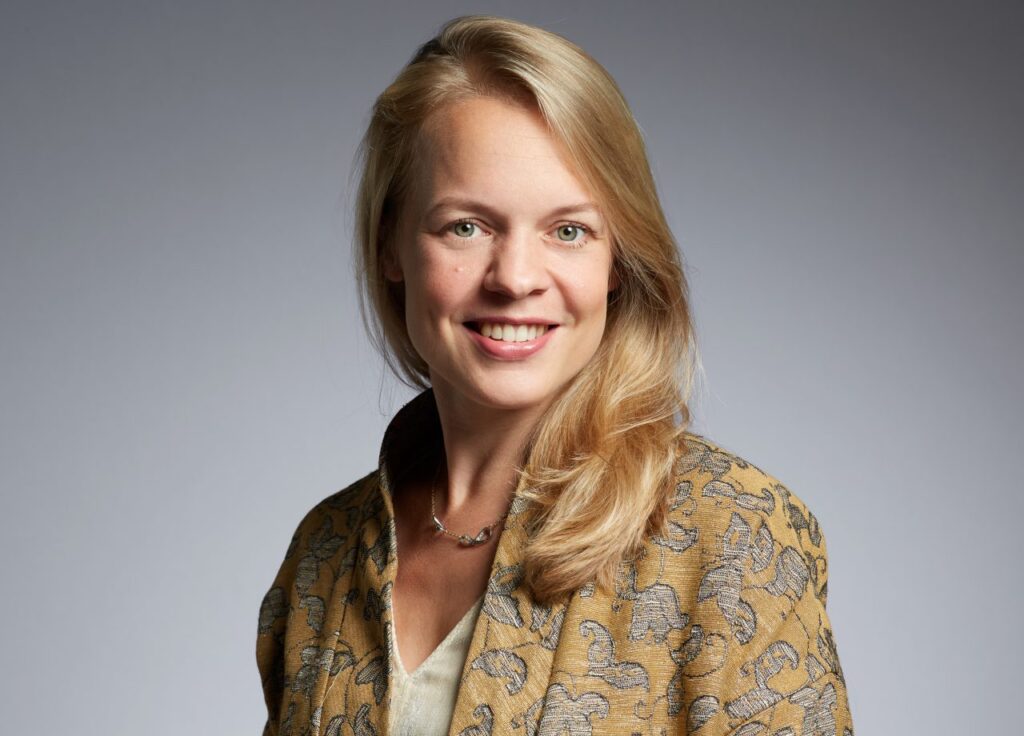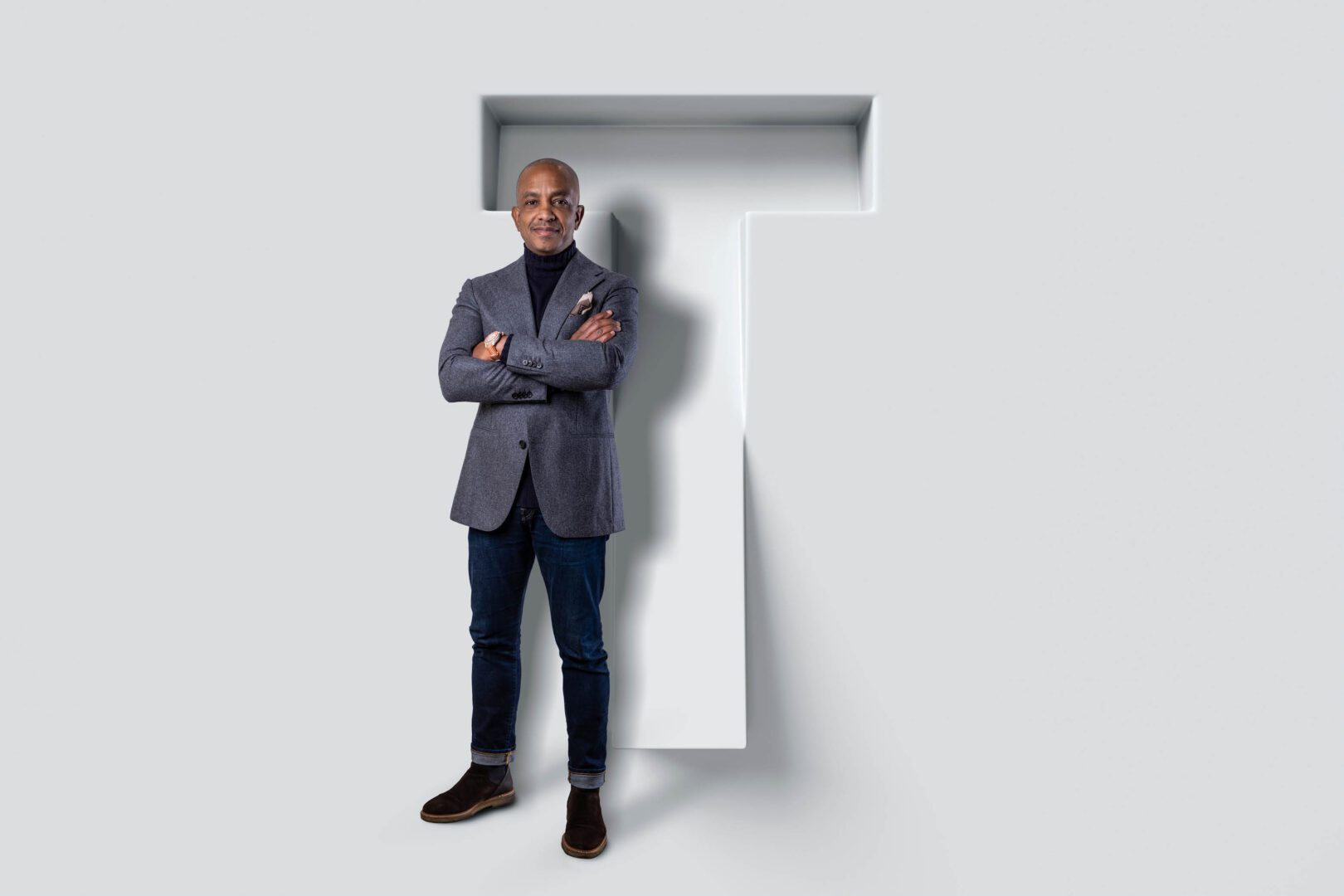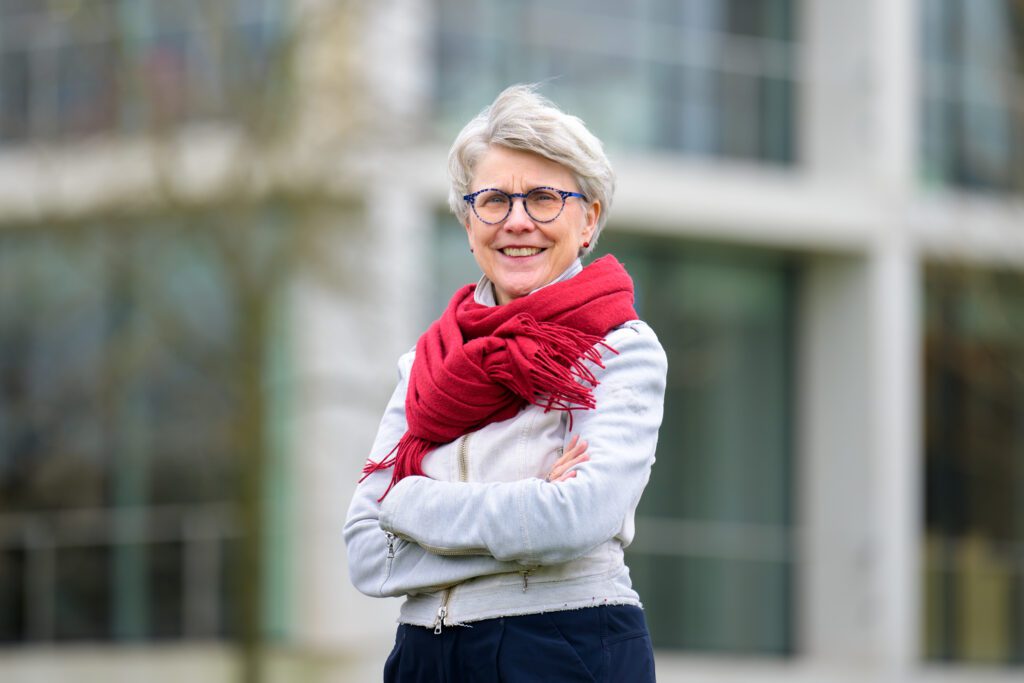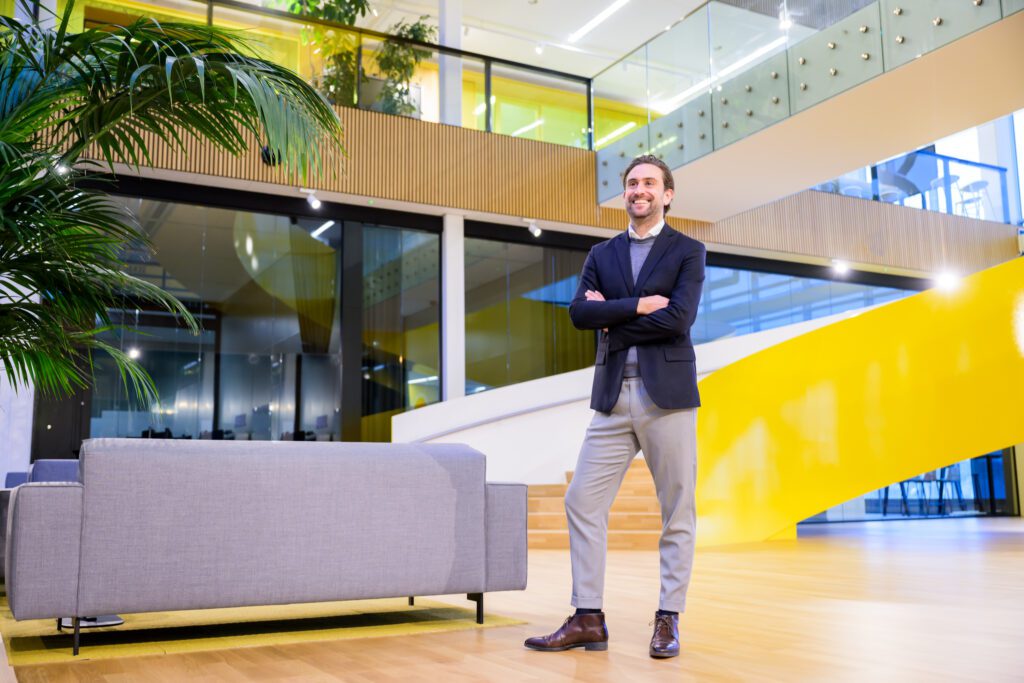Cities are more densely populated than ever, and so the need for cultural, societal, productive and commercial facilities is also increasing. Including these facilities in an area development requires an expertise for mixed zones. Mieke Verschoor, Mixed Zones Development Manager, explains why mixed zones are on the rise and how AM excels at integrating commercial and public facilities in residential areas. In order to achieve high quality of life and social, inclusive neighborhoods. She illustrates this with some great examples from AM's portfolio. "A successful mixed zone has the power to make people love our area and bind them to our area."
Vibrant neighbourhoods with commitment to mixed zones
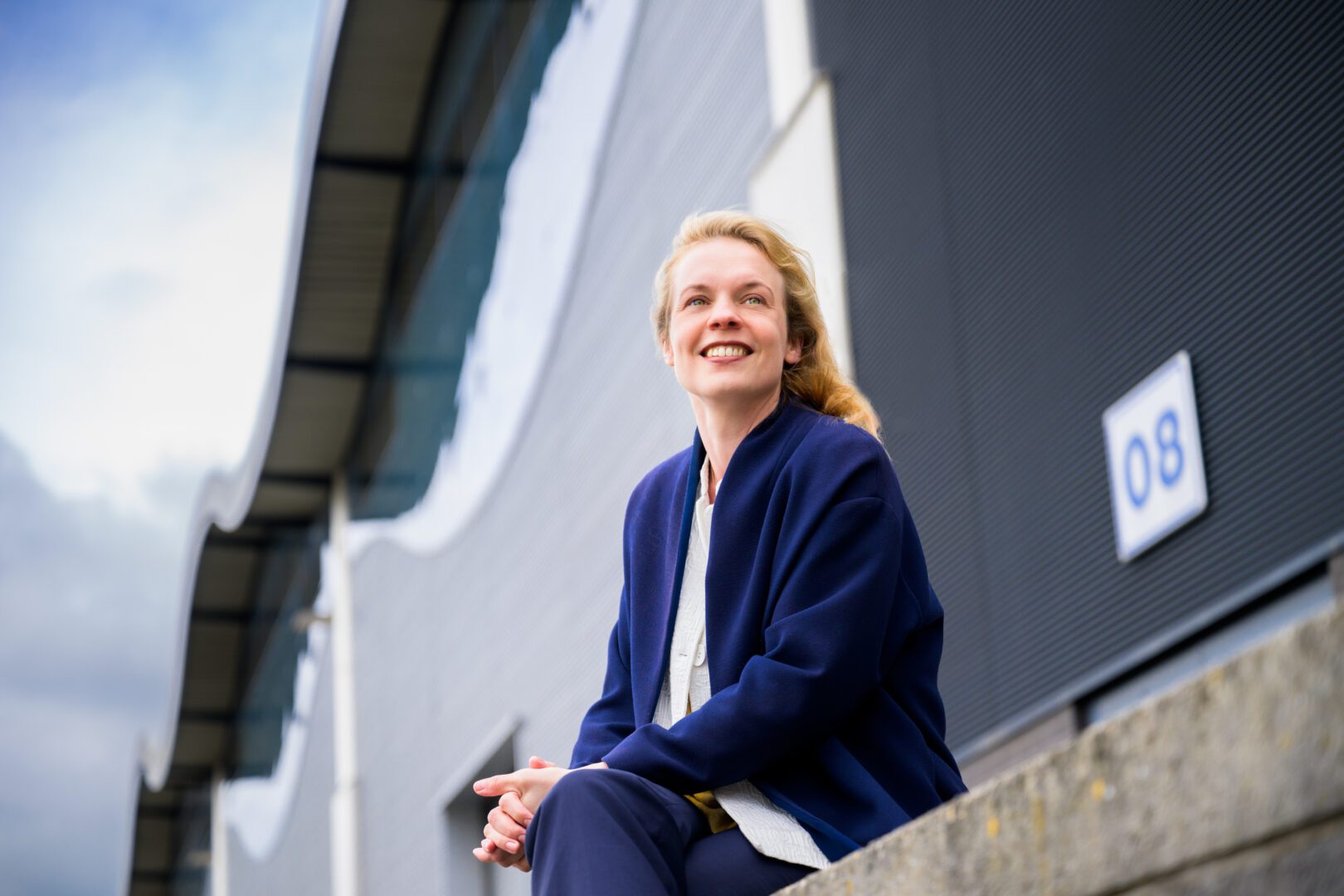
"Mixed zones are areas where residential is combined with non-residential. Think for example of cultural facilities, business spaces, stores, medical facilities and restaurants. In historic neighborhoods, these were traditionally mixed, but we also leave behind several decades where we separated as many functions as possible. We are looking at how to mix these facilities with residential in a contemporary way. So that we create for residents a nice neighborhood with high quality of life and space for meetings and with minimal inconvenience. And so that there is employment and opportunities for entrepreneurs."
No more monofunctional neighborhoods
Mieke sees an increasing demand for mixed zones. "Cities are growing and densifying. When there are more residents and thus workers, the demand for facilities and workspace also increases. In addition, clients no longer want monofunctional neighborhoods. In the past, you saw that the Zuidas in Amsterdam, for example, was completely empty at night and on weekends. There was no liveliness and it even felt unsafe at times. You can prevent this when different functions are joined together." Mieke illustrates this by using the Populus project in Ommoord, Rotterdam: "Here, in the buildings on the street floor and second floors, we are realizing a library, restaurant facilities, a health center and a theater, and above that will be residences. In this way we are creating space for encounters. During the day there is life in the library, in the evening residents return from work and there is activity in the theater."
A successful mixed zone has the power to make people love our area and commit them to our area
Fewer car movements
Mixed zones contribute not only to a more social, safe, vibrant environment, but also to reducing the number of car movements and to the convenience of residents. "When densifying cities, it is often important to ensure that this does not lead to much more automobility because the infrastructure cannot handle it. If the daily facilities people use are within a 15-minute walk of their homes, then people are more likely to choose to walk or bike. In addition, it's just convenient if the daycare and dentist are nearby, and pleasant if there's a cultural center or a nice espresso bar nearby. Making life easier is an important goal achieved with a well-programmed mixed zone."
Integral, social area design
According to Mieke, creating mixed zones is an expertise of AM. "In almost every project we have to deal with mixed zones. We made a conscious decision many years ago to keep the development of mixed zones in our own hands and hire a separate, specialist team for this. This is how we keep a grip on quality. Mixed zones are the heart of a neighborhood and their success has a direct effect on the neighborhood and on the prices of housing. It fits with integral, social area design." As successful examples, Mieke mentions Hart van de Waalsprong in Nijmegen and the future Design Cluster in the Bajeskwartier in Amsterdam. "In Hart van de Waalsprong, we have realized a new shopping center with social facilities and hospitality in addition to stores. In the Bajeskwartier, the Design Cluster will be the epicenter of the neighborhood, consisting of the Green Tower and the former main building of the Bijlmer prison. Here there will be space for hospitality, workspaces for designers and other creative entrepreneurs, and an experience showing how we made the new district the most sustainable district in Amsterdam. All are important parts of these areas. Mixed zones may only cover 20% of a project in area, but they determine 90% of the experience."
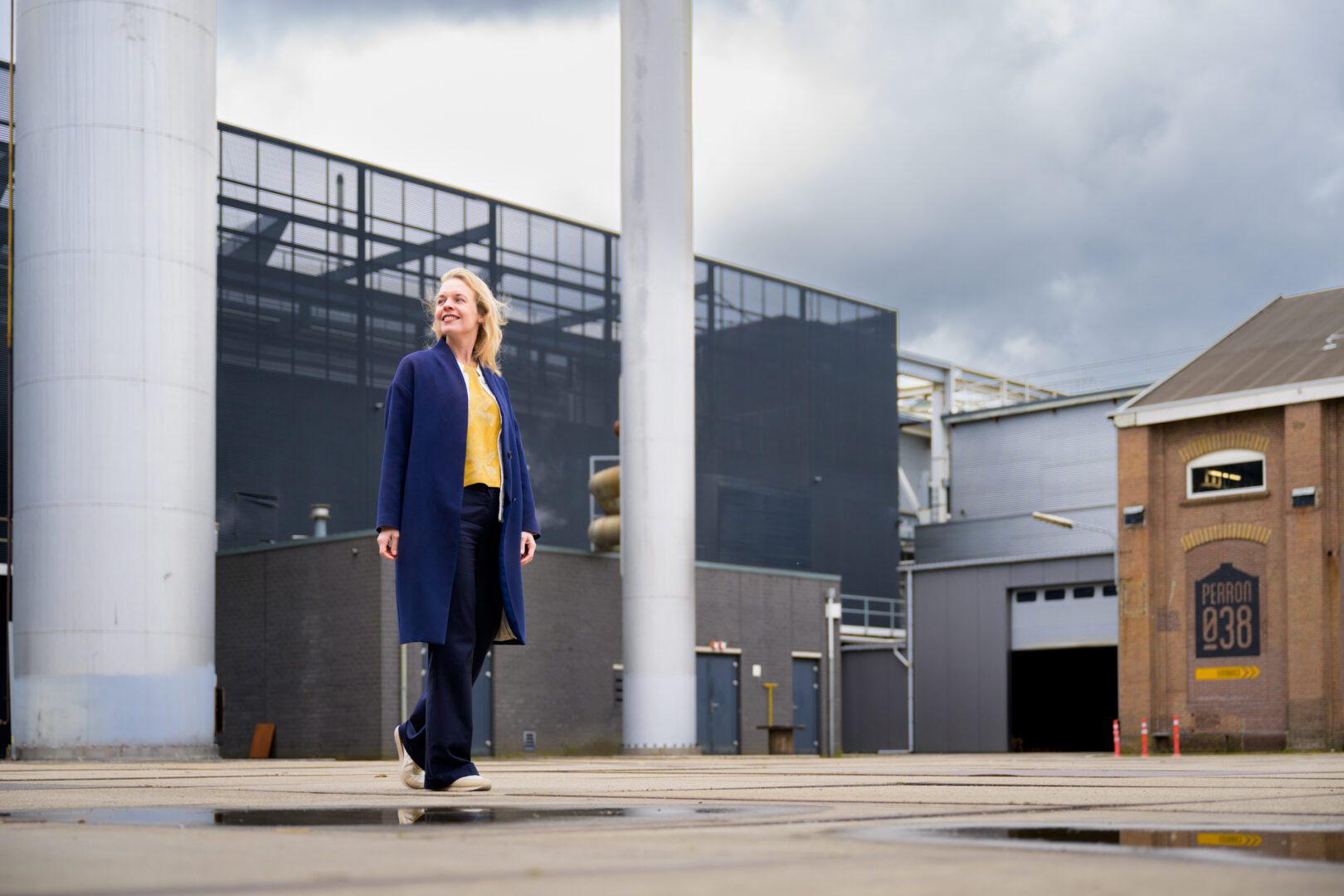
Strategies for success
Investors sometimes have to get used to mixed zones. Mieke: "An investor in housing prefers us to offer only housing, an investor in offices, wants only offices. Therefore, for mixed zones we look for multiple types of investors or we make sure that the part with other facilities does not exceed 15%. In addition, we see that new funds are slowly being developed among investors for mixed use, I think that is an important development. Also, entrepreneurs themselves sometimes want to invest in their own housing." AM also contributes to the success of mixed-use zones after completion. "We think it's important that what we come up with also lands well. We therefore come up with strategies to ensure that entrepreneurs 'grow into' the area properly. When they start out, an area may have only a quarter of its eventual population. For some entrepreneurs, that's not enough. You can then make arrangements with the entrepreneur and investor about ingrowth rents or temporary dual use so that these properties don't become vacant and the first residents are left without facilities."
With the end user in mind
Innovation quarter Wärtz in Zwolle is another example of an area development where mixed zones are important. "An important mixed zone of this area is the Wärtsilä industrial hall. "This will include workspaces for creative entrepreneurs and hospitality." Landowner NS, which is issuing the land, has thought carefully about the importance of affordability of the spaces for these target groups, according to Mieke. "They paid attention to the rents charged by developers for these target groups when writing and judging the competition. NS owns many properties around stations and they rent them out more often to creative entrepreneurs. They are well aware that high rents are difficult for large groups of creative entrepreneurs and artists to afford and that these groups are indispensable for an innovative climate."
Mixed zones may only cover 20% of a project in area, but they determine 90% of the experience.
Framing to move forward
Restrictions for mixed zones should be given more often by landowners who issue the land, Mieke believes: "Housing is highly regulated. For example, 40% must be social construction, 30% medium rental and 30% free sector. These buttons cannot be turned. This runs the risk that for the non-residential program, developers bet on spaces that must pay a high rent in order to make a better offer for the land and thus win the land position. As a result, there will be hospitality venues with high prices that are not even affordable for residents of the area. We advise landowners in advance in market consultations to regulate important issues. "Think about what residents will be living in the area and what prices are appropriate. Limit the participants in the competition so that there is a fair playing field and the party with the highest land offer is not chosen, which can negatively affect the inclusive climate of the area." According to Mieke, such a boundary does not compromise the creativity of the project. "Within frameworks, we are just as creative."
Mieke takes pride in the fact that the field of area development, and certainly the development of mixed zones, looks across all sectors and silos in a society, thereby blurring boundaries. "To realize these kinds of areas we need everyone, both in private and public sectors and we need to think about everything: public housing, economy, sustainability, welfare and mobility. Working together while networking, that is the mindset that organizations and society at large need.
